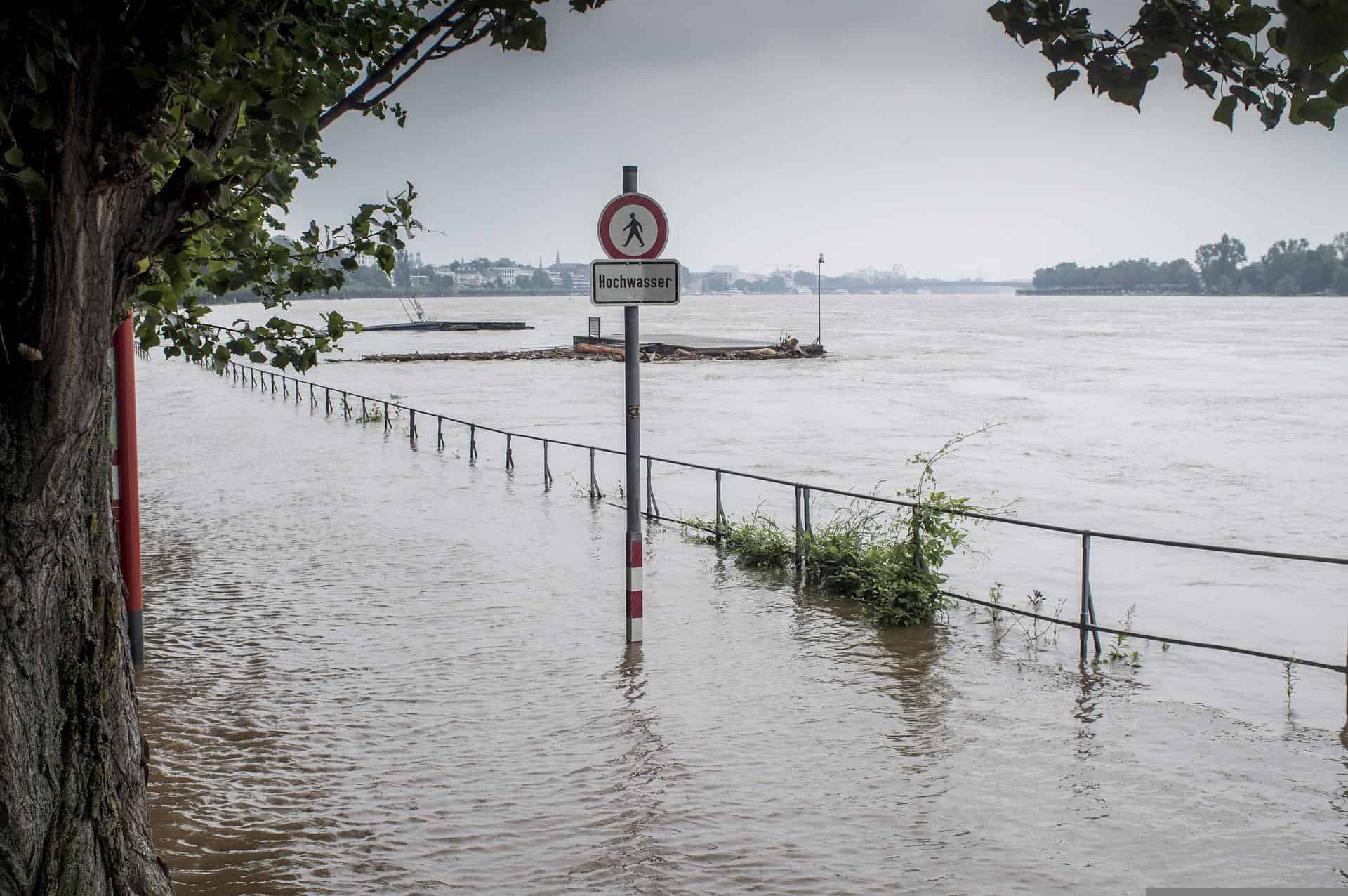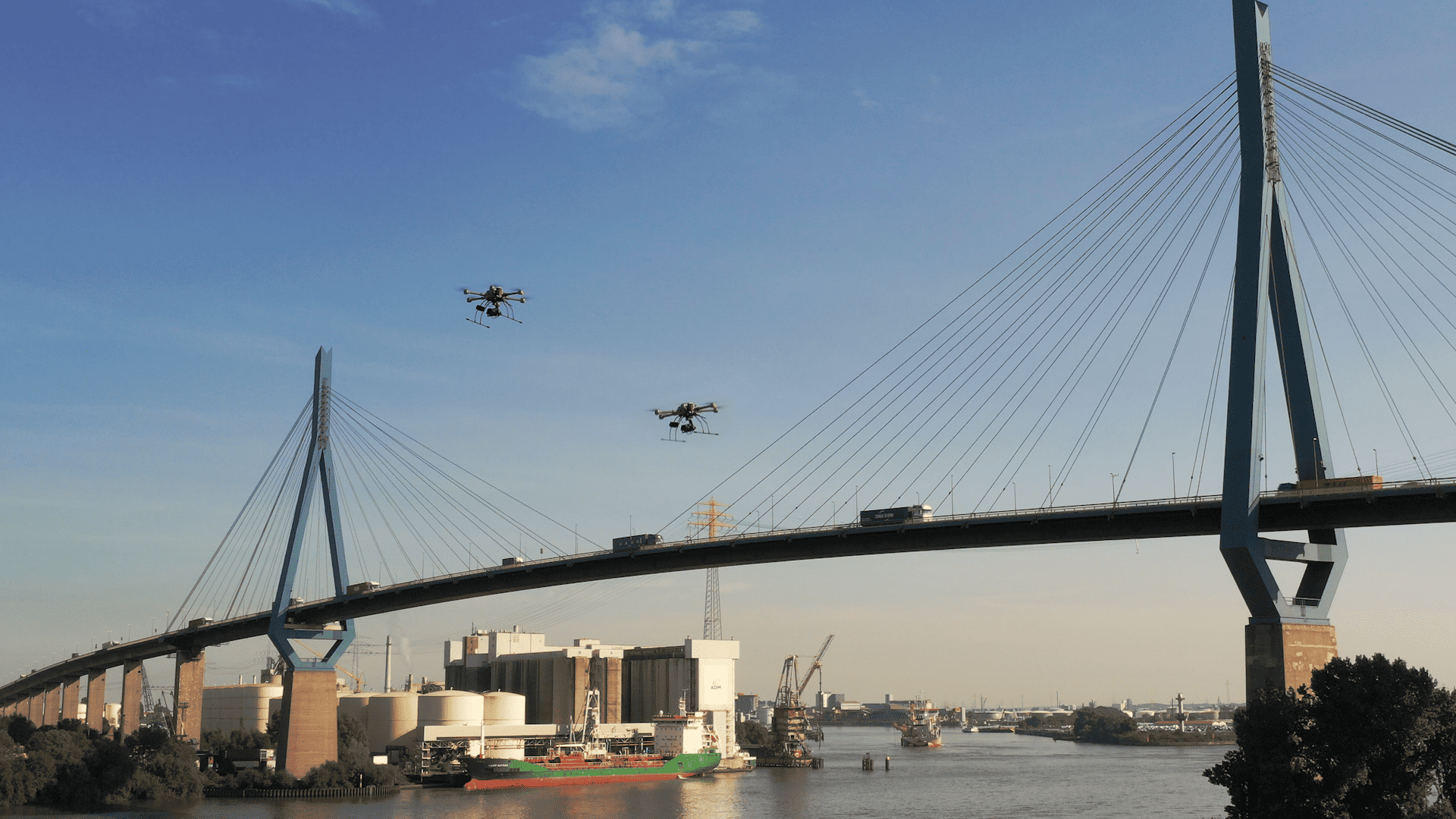
The hurricane that swept over Florida last week, the summer drought in Europe, floods in Pakistan, forest fires and the melting of glaciers in the Alps: these were all topics that came up last week at the 12th ExtremWetterKongress in Hamburg, Germany.
There was of course another appeal, primarily by German weather experts, for politicians and business to speed up the reduction of greenhouse gas emissions. There was also a lot of attention paid to all the misery that still awaits us. There was also a general realization that global warming can no longer be stopped, only slowed, and that we need innovation to protect us against extreme weather conditions.
Frank Böttcher, the congress organizer, expressed at the beginning of the congress what many of his fellow meteorologists were thinking: global warming of 1.5 degrees Celsius is a thing of the past, even 2 degrees will be a mammoth task. More extreme weather events can no longer be avoided. “We must adapt.”
But how? Stronger dikes against rising sea levels are an obvious choice. But water scarcity is at least as big a problem as it gets hotter. Helge Goessling of the Center for Polar and Marine Research used a simulation to show that if the earth warms by 4 degrees Celsius, Germany must reckon with days when the mercury rises to close to 50 degrees Celsius.
Cloud seeding
Andrea Flossmann, professor at France’s Clermont Auvergne University, sees a small part of the solution in seeding clouds with frozen CO2, silver iodide or salt particles. With that – under certain conditions – rain or snow can be caused, which can then be stored for dry periods.
Many people will think this sounds familiar. Nor is it new. The idea dates back to the late nineteenth century. The first time the technique made big headlines was during the 2008 Olympics when China shot silver iodide at rain clouds to keep Beijing dry.
Flossmann doubts that it worked at the time. More tests were later conducted in different countries, but only rarely could scientific proof of effectiveness be found. The only exception were trials in mountainous regions under special conditions.

Effective only in mountains
The most famous trials were conducted in Wyoming at the base of the Rocky Mountains. Here it was actually proven that silver iodide can be used to increase the probability of snow in rising clouds.
The best results were achieved when clouds were seeded from the air with an airplane. But it is cheaper and easier to seed clouds from the ground with smoke pots. The weather conditions must also be right: the wind direction must come from a certain angle and not be too strong or too slow, the air temperature must not be warmer than -8 degrees Celsius, and the air must sufficiently moist. Only then will the process needed for precipitation be triggered.
The idea: silver iodide, salt or frozen CO2 causes a number of large droplets to form in a cloud around condensation nuclei. These collide with smaller droplets, a collision essential to cause rain or snow.
Water reservoirs
Why would you want that? It can help replenish water reservoirs in the mountains in the winter, according to Flossmann, which can be used later in the summer. For a state like Wyoming that consists partly of very dry prairie and partly of high mountains, that could be useful.
But according to Flossmann, there is no evidence that the technique is also useful in flat areas such as the Netherlands. Besides, the technique has limitations. Silver iodide and salt are harmful if released into the environment in large quantities. In short, we should not have too great expectations from this.

Responding faster with AI
Another topic discussed during the conference was the use of artificial intelligence (AI) to make better weather forecasts. This could at least partially prevent disasters like the ones in the German Ahrtal a year and a half ago, and the Ardennes and Limburg. At least the population could be warned earlier.
Weather models have already become much better over the past century because of increased knowledge about fixed patterns in the atmosphere such as wave currents. There are also more and better satellite images that constantly feed these models. Still, with the help of AI, things can get even better, says Stefanie Hollborn of the German Wetterdienst DWD.

Says Hollborn: “The classic numerical weather forecast is based on physical models. But there are physical processes that are not yet well explained or are too small-scale to be represented. This is where AI can help.”
Algorithms
The great thing is that meteorological services have incredible amounts of data from measuring devices on the ground and in the air. This is exactly what AI needs to learn.
Christopher Kadow of the Klimarechnungszentrum makes the comparison to recognition software. Everyone knows the phenomenon: it is possible today to erase a car in a photo of a mountain landscape, for example. Based on algorithms, the software can fill in the gap without anyone seeing it.
It’s the same with weather maps. There are always a few weather radars that fail or satellites that malfunction. That makes the weather forecast less accurate. AI fills in the gaps based on countless old weather photos it has seen. “Even if a fifth of Germany’s radar stations fail, AI can still provide a good picture.”
AI, according to Hollborn, is not only used for learning from photos. For example, there are also complicated chemical processes that humans do not yet understand where AI can look for repeating patterns, or algorithms.
Sustainable building
There was also much interest during the conference in new ways to financially protect (insure) society against natural catastrophes, as well as a Dutch initiative from the construction sector that received attention.
Pillipp Holtermann of the Technische Hochschule Lübeck sees a bright future for Madaster. This is a platform for sustainable construction. According to him, there are still huge gains possible in the construction sector in terms of climate and environment.
Energy consumption and CO2 emissions are high, but the worst is the waste stream. What mainly goes wrong is that huge amounts of waste result from new construction and building renovation. That waste is mostly a cost now.
Madaster has set up a resource database where various international partners can offer their waste and see if others still have something useful. “That way, waste turns from a cost into a valuable product,” Holtermann says.
The visible market value also provides an incentive for construction companies, architects, investors and installers to build with more recyclable raw materials and materials. Holtermann believes that much waste can be saved that way. And less waste means less energy consumption and CO2 emissions.








